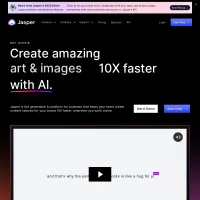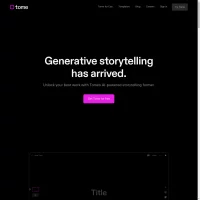Stay Ahead of the Curve
Latest AI news, expert analysis, bold opinions, and key trends — delivered to your inbox.
Google Releases Veo 3.1: Flow Gets Smarter and More Reliable
3 min read Google DeepMind rolled out Veo 3.1, bringing significant upgrades to its Flow video generation system. October 16, 2025 00:36
Google DeepMind rolled out Veo 3.1, bringing significant upgrades to its Flow video generation system. This update is not about radical breakthroughs—it’s a refined step forward, built on feedback from more than 275 million user-created videos since May.
Here are the highlights:
1. Audio-First Across All Features
For the first time, Flow now produces synchronized audio for every feature—dialogue, ambient sounds, and effects—all aligned naturally with visuals. Silent AI videos are becoming a thing of the past.
2. Multi-Input Image + Audio Generation
Upload up to three reference images to guide characters, objects, and style. Flow then builds consistent multi-shot scenes with audio baked in, a big win for creators who value continuity.
3. Frames to Video + Audio
By providing start and end frames, Flow generates cinematic transitions—complete with audio. Ideal for storytelling, music videos, and scene changes.
4. Extended Length with Audio
Clips can now run 60+ seconds, seamlessly extending the final moment of a video while preserving both visuals and audio.
5. Insert & Remove Tools
Insert adds new elements with lighting adjustments, while Remove (coming soon) will let you delete objects and rebuild backgrounds—without regenerating the full video.
6. Model Refinements in Veo 3.1
-
Stronger adherence to prompts
-
Higher image-to-video fidelity
-
Improved realism
-
Two output modes: Quality (high fidelity) and Fast (quicker turnaround)
Availability
-
Flow (Pro/Ultra users)
-
Gemini API (for developers)
-
Vertex AI (enterprise)
-
Gemini app (general users)
Pricing remains credit-based.
Early reactions: this is a “proper point release”—a meaningful, stability-focused upgrade that makes AI video tools more dependable for creators, developers, and enterprises.



















 AI Agents
AI Agents